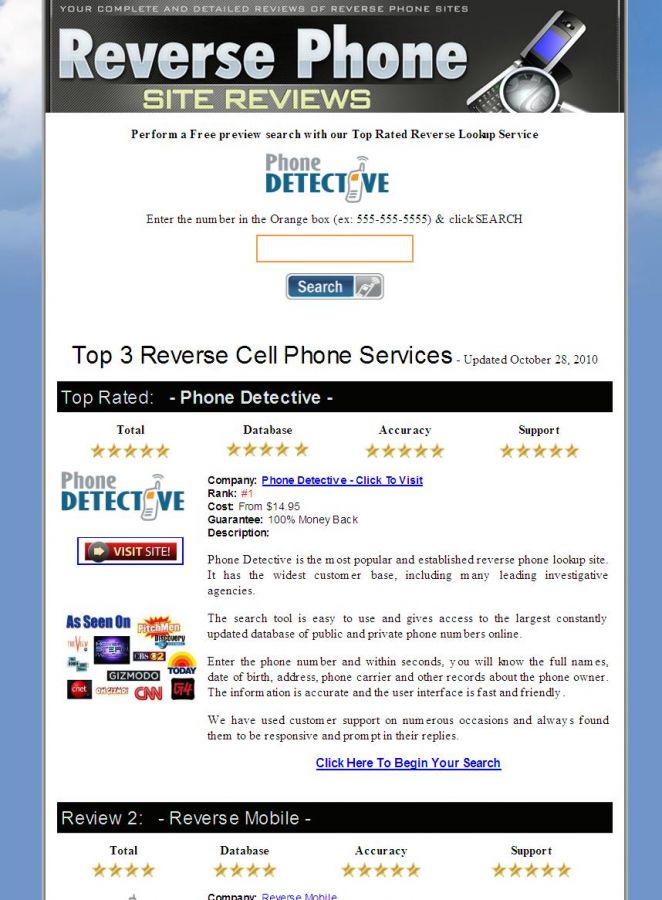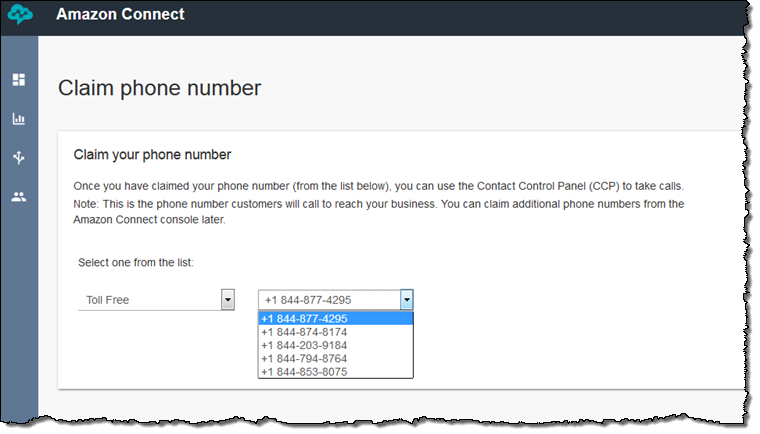
- #PACKETSTREAM CA PHONE NUMBER DRIVERS#
- #PACKETSTREAM CA PHONE NUMBER SOFTWARE#
- #PACKETSTREAM CA PHONE NUMBER PC#
The following variable can be found in the "CCI Options" section of the "Server" panel: This allows you to configure your wait specific to the needs of the application using the Data Source. The "Reply Wait" variable (discussed above) can also be implemented at the Data Source level, using the "Server" tab within the CA IDMS ODBC Administrator. This is especially true for long-running queries that read large volumes of data before returning any rows into the result-set (which can occur in queries using the ORDER BY or GROUP BY clause).īoth the "Ready to Receive" and the "Ready to Send" variables should also be set to 30 seconds for typical Web applications. A "Reply Wait" interval of 30 seconds is usually sufficient for most Web-based applications.Īd-hoc user queries will likely require a greater amount of time. If a response to a request is not received (from the CA IDMS CV) within this interval, then an appropriate error will be generated and handed back to the CA IDMS ODBC or JDBC Driver. This variable is reset for every communications request (of which there can be several for each SQL request). The "Reply Wait" variable is by far the most important of the 3 timeouts listed above. Ready to Send - Represents the number of seconds that CAICCI/PC will wait to be able to send data over a TCP/IP connection.The default value is '-1' (indefinite wait). Ready to Receive - Represents the number of seconds that CAICCI/PC will wait for the receipt of the 2 nd (and successive) packet(s) within a TCP/IP packet stream.Reply Wait - Represents the number of seconds that CCI/PC will wait for a response from CA IDMS.
#PACKETSTREAM CA PHONE NUMBER PC#
The PC portion of CCI has 3 timeout variables that can be configured via the Windows-based CAICCI-PC properties sheet.

#PACKETSTREAM CA PHONE NUMBER SOFTWARE#
In this article we'll outline each of those components, provide some general recommendations on appropriate timeout values, talk about "Connection Pooling", and look at the interactions between these software components.ĬCI is the communications vehicle that provides connectivity to the mainframe platform for all ODBC-based connections, as well as for JDBC type-2 connections. There are several components in a typical Client/Server Application that require timeout configuration.

They permit CA IDMS to clean up resources on the backend CV (in the event of front-end PC failure, communications error, etc), thereby avoiding "No PTE Available" situations.They limit the time a front-end client application will wait for a response from CA IDMS (in the event of a back-end failed/stalled task, communications error, etc), thereby eliminating prolonged hangs.
#PACKETSTREAM CA PHONE NUMBER DRIVERS#
Timeouts apply to both the ODBC and JDBC Drivers within CA IDMS Server, and are important for 2 reasons:

Timeout configuration is an important (yet often times overlooked) step in the deployment of an application that uses CA IDMS Server.


 0 kommentar(er)
0 kommentar(er)
